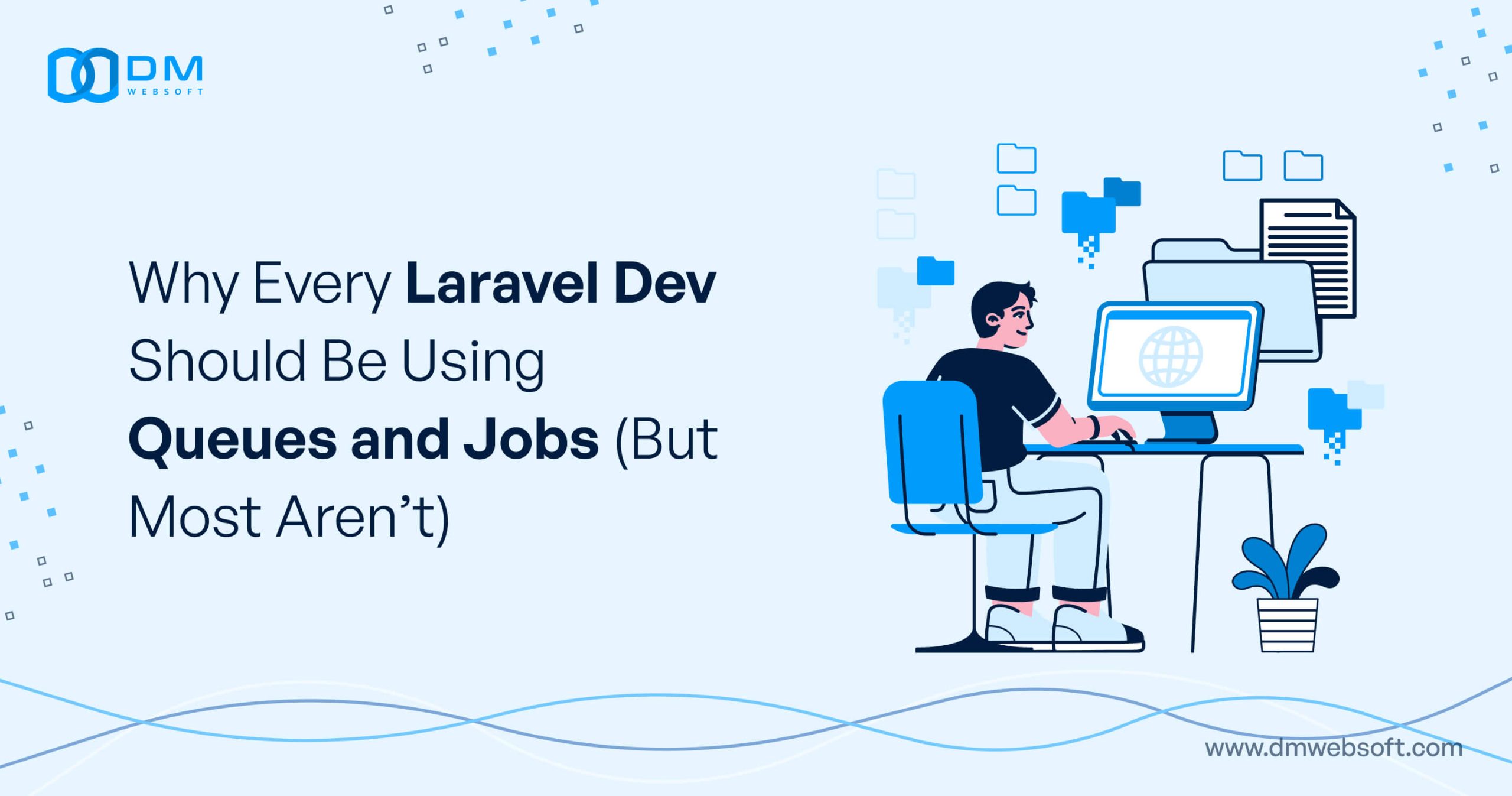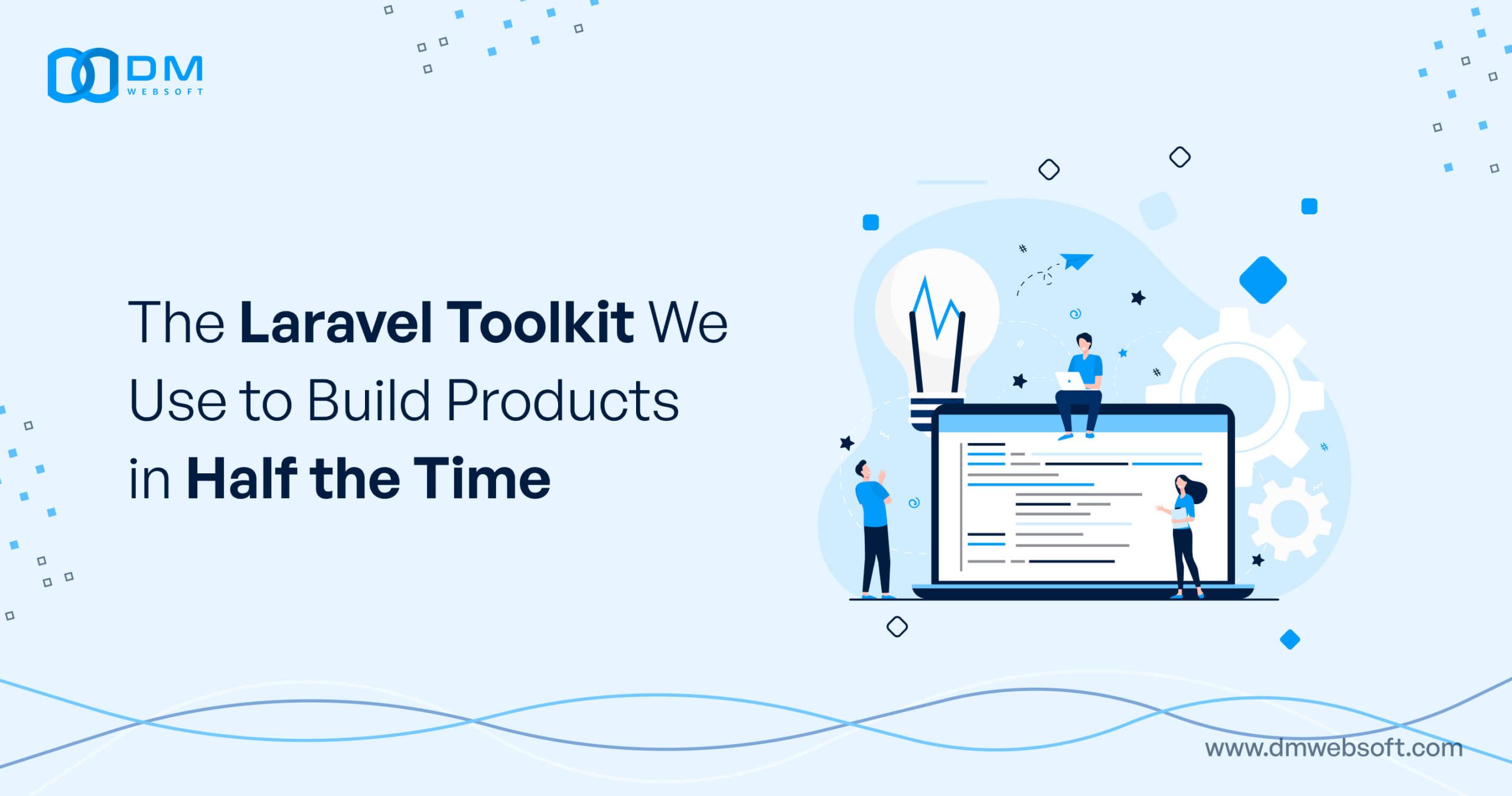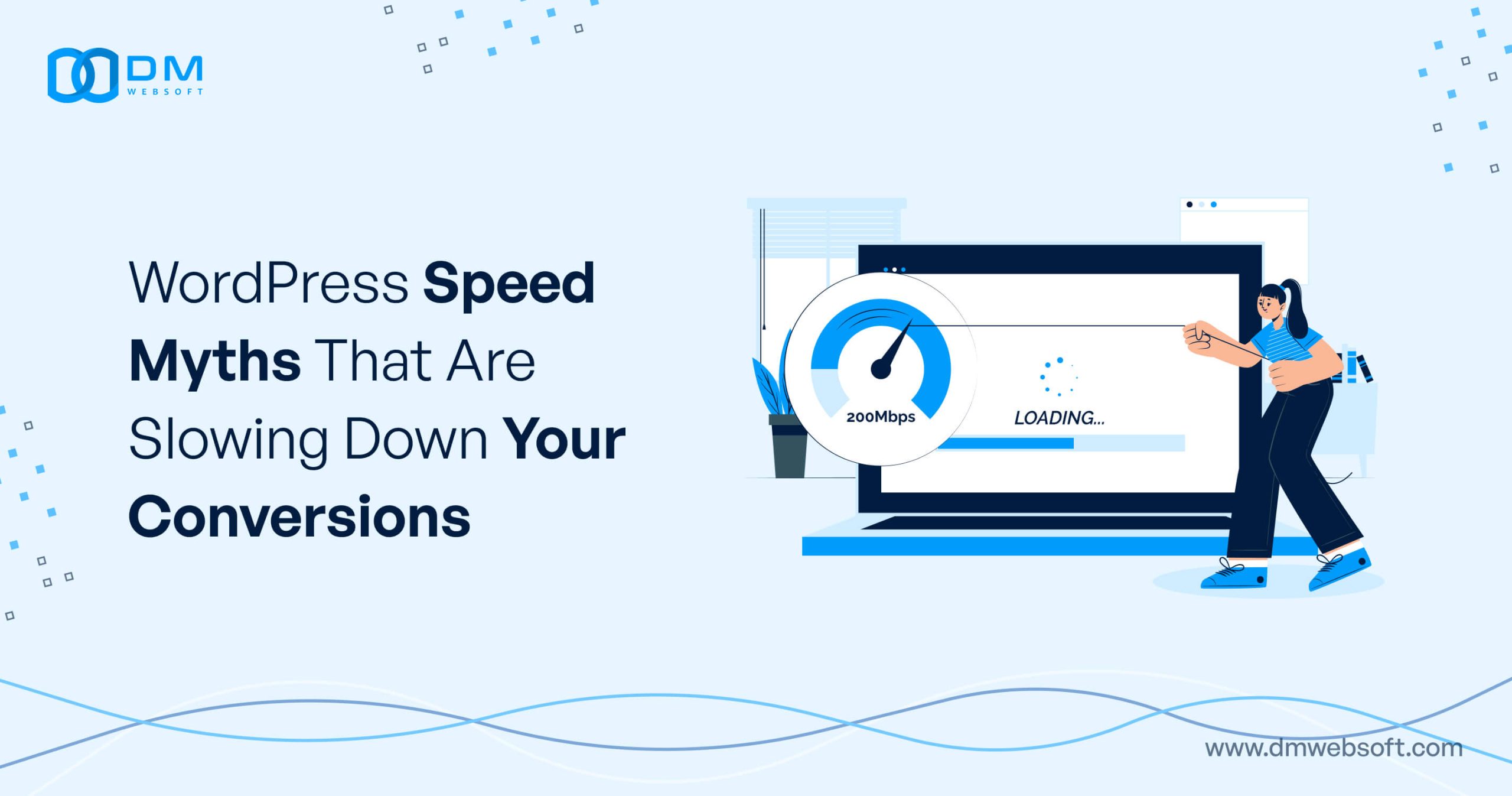DM WebSoft LLP exceeded our expectations! Their seasoned team of experts delivered a website that perfectly captures our brand essence. Their 15+ years of experience truly shine through in their exceptional web development skills.
The Truth About Cloud Costs: How to Stop Overpaying for AWS, Azure, and GCP

TABLE OF CONTENT
Introduction
Why Cloud Costs Get Out of Control
Proven Strategies to Reduce AWS, Azure, and GCP Costs
How DM WebSoft LLP Helps Businesses Optimize Cloud Costs
Future-Proofing Your Cloud Strategy: Long-Term Cost Optimization
Common Mistakes That Lead to Cloud Overspending and How to Avoid Them
Conclusion: Take Control of Your Cloud Costs Today
Get in Touch
Introduction
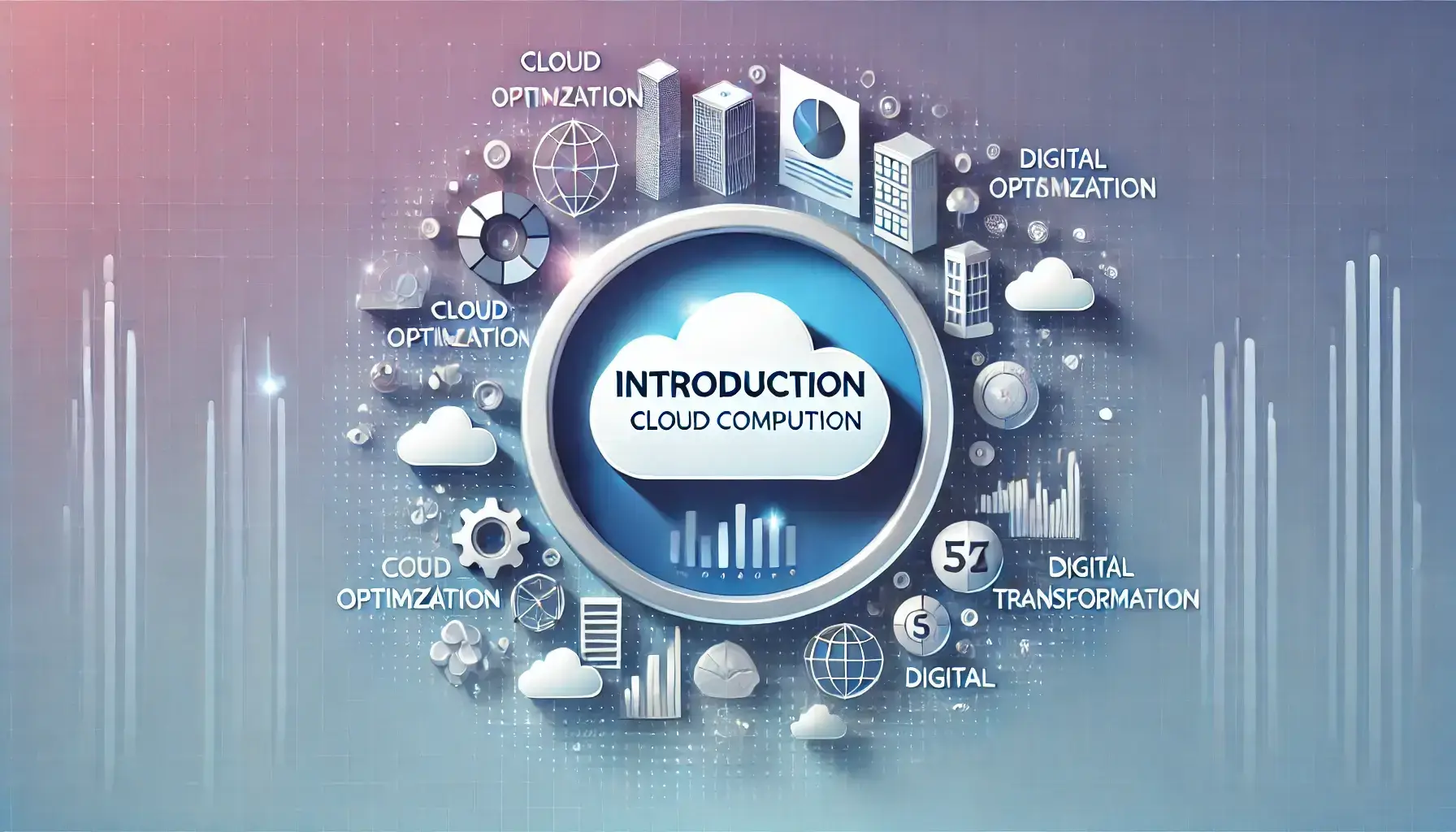
Cloud computing transformed business operations to achieve scalability, flexibility, and cost-effectiveness over the classical IT infrastructure. Solutions such as Amazon Web Services (AWS), Microsoft Azure, and Google Cloud Platform (GCP) give companies on-demand access to scale their resources to suit business needs, paying for only what is utilized. Unfortunately, the actuality for many organizations is rather different. Rather than cost reductions, businesses end up paying more for cloud computing, resulting in overspending and wasteful cloud expenditure.
The problem is the intricacy of cloud pricing models. While cloud vendors provide thousands of services with varying pricing models, storage prices, data transfer charges, and compute usage rates, most companies do not have the know-how to manage these price differences efficiently. Without a good cloud cost management strategy, organizations end up paying more for unused capacity, losing opportunities on cost-saving plans, and losing invisible fees that add costs unknowingly to them.
For example, a company can allocate virtual machines (VMs) with excess computing capacity, resulting in higher charges for unused capacity.
Likewise, organizations employing multi-cloud approaches can incur substantial data transfer charges without understanding how cloud regions and zones affect pricing. Additional hidden expenses, including idle resources, inefficient storage management, and pay-as-you-go services running longer than required, can lead to unnecessary cloud waste.
New research has indicated that companies are wastefully spending anywhere from 30-40% of their entire cloud expenditure through inefficiency and mismanagement. This translates to the fact that companies may be paying thousands—perhaps even millions—of extra dollars just because they do not have a good cloud cost optimization strategy in place.
At DM WebSoft LLP, we assist companies in gaining complete visibility into their cloud expenses, eliminating waste, and optimizing cloud expenditure without compromising performance. Through cost-controlling methods, automation, and the utilization of cloud-native monitoring tools, organizations can lower their AWS, Azure, and GCP expenses while ensuring scalability and operational efficiency.
In this guide, we’ll uncover the real reasons businesses overpay for cloud services, explore common cloud cost pitfalls, and provide actionable solutions to optimize your cloud expenses. Whether you’re using AWS, Azure, GCP, or a combination of multiple providers, the right approach to cloud cost efficiency can help your business save money, improve performance, and stay competitive in today’s digital economy.
Why Cloud Costs Get Out of Control
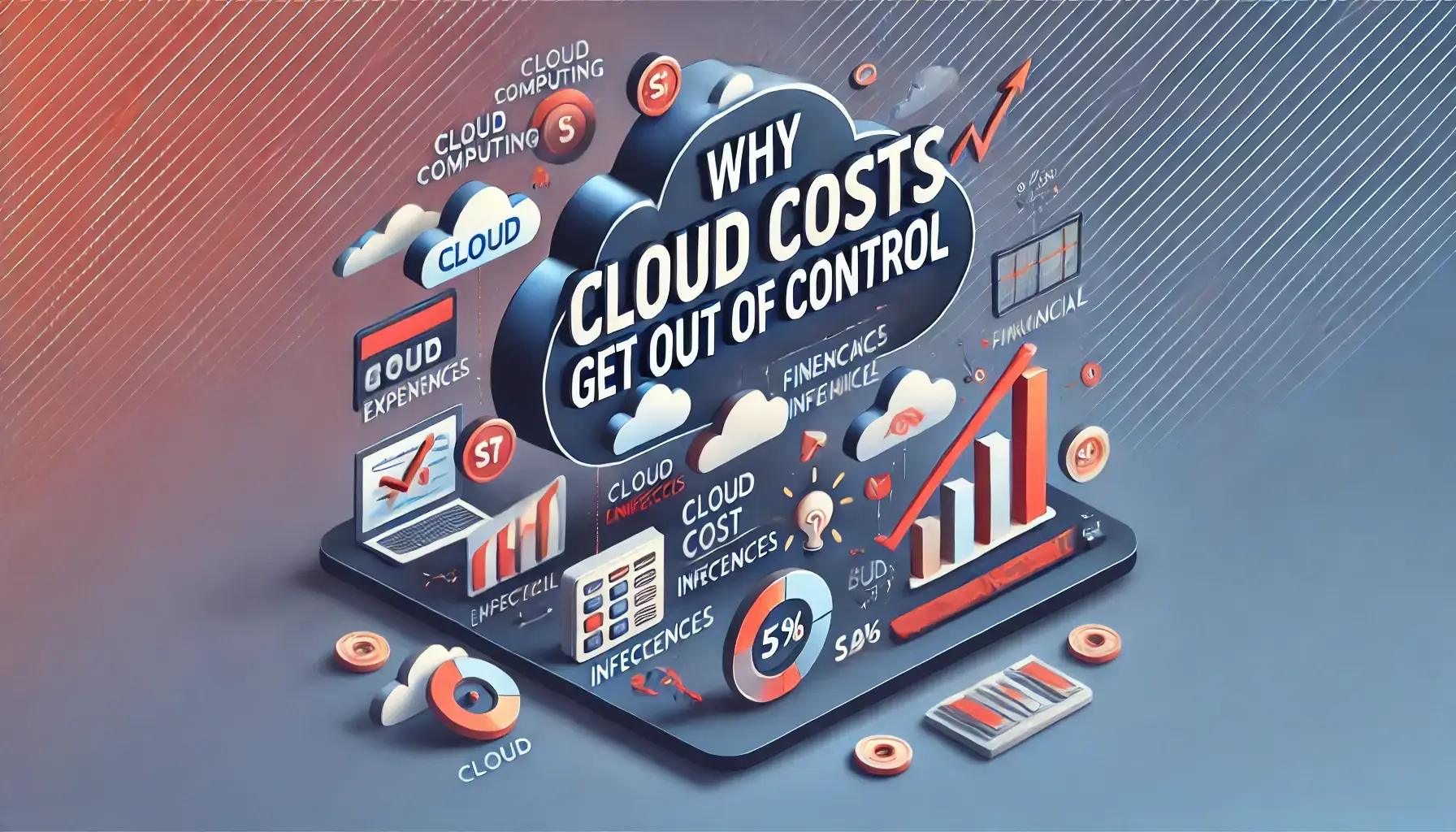
Most companies move to the cloud hoping for cost savings and operational agility, but without a solid cloud cost management plan, their cloud bills quickly get out of hand. The big cloud providers such as AWS, Azure, and GCP have flexible pricing models, but these can be complicated, uncertain, and hard to control unless optimized correctly. Knowing why cloud costs get out of hand is the first step in creating an effective cost-cutting strategy.
Over-provisioning of resources is one of the primary causes of cloud overspending. Most companies over-allocate storage, processing capacity, and virtual machines (VMs), which results in wasted capacity and unnecessary expense. Cloud providers charge you for resources used, so not right-sizing cloud instances equates to paying for unused performance. This is particularly prevalent when businesses lift and move their workloads from on-premises data centers to the cloud without cloud-optimizing them.
The second significant cost driver is idle and unused resources. Numerous companies provision development instances, backup servers, or test environments but never shut them down when they are not in use. These resources keep on incurring costs even if they are idle, resulting in cloud waste. In the absence of auto-shutoff policies and scheduled usage monitoring, companies tend to pay for services that aren’t doing anything for their business.
Data transfer and egress charges are yet another sneaky expense that most companies do not budget for. Cloud vendors incur a fee for transferring data from one region, across networks, or out of the cloud system, which results in surprise bills. Organizations adopting multi-cloud or hybrid cloud models end up paying extra when transferring data between AWS, Azure, and GCP, particularly for applications involving frequent data exchange.
Furthermore, companies have little insight into their cloud spend, so they do not know where money is going and what resources are being consumed.Most businesses have no cloud cost control tools, spend alerts, or budgetary management controls, thus incurring appalling bills at the end of the month. Tools for managing costs are available from cloud providers, yet by way of poor implementation and lack of monitoring, companies are unable to identify wastage and justify expenditure.
Lastly, ungoverned pay-as-you-go plans can lead to over-expenditure. On-demand pricing has the flexibility aspect but with an accompanying temptation for ad-hoc resource provisioning in the absence of cost oversight. Most businesses neglect using reserved instances, savings plans, or auto-scaling functionality, which would substantially save their cloud bill.
By understanding these common cloud cost pitfalls, businesses can take proactive steps to optimize cloud usage, reduce waste, and implement cost-saving strategies. In the next section, we’ll explore proven ways to cut down on AWS, Azure, and GCP expenses without compromising performance.
Proven Strategies to Reduce AWS, Azure, and GCP Costs
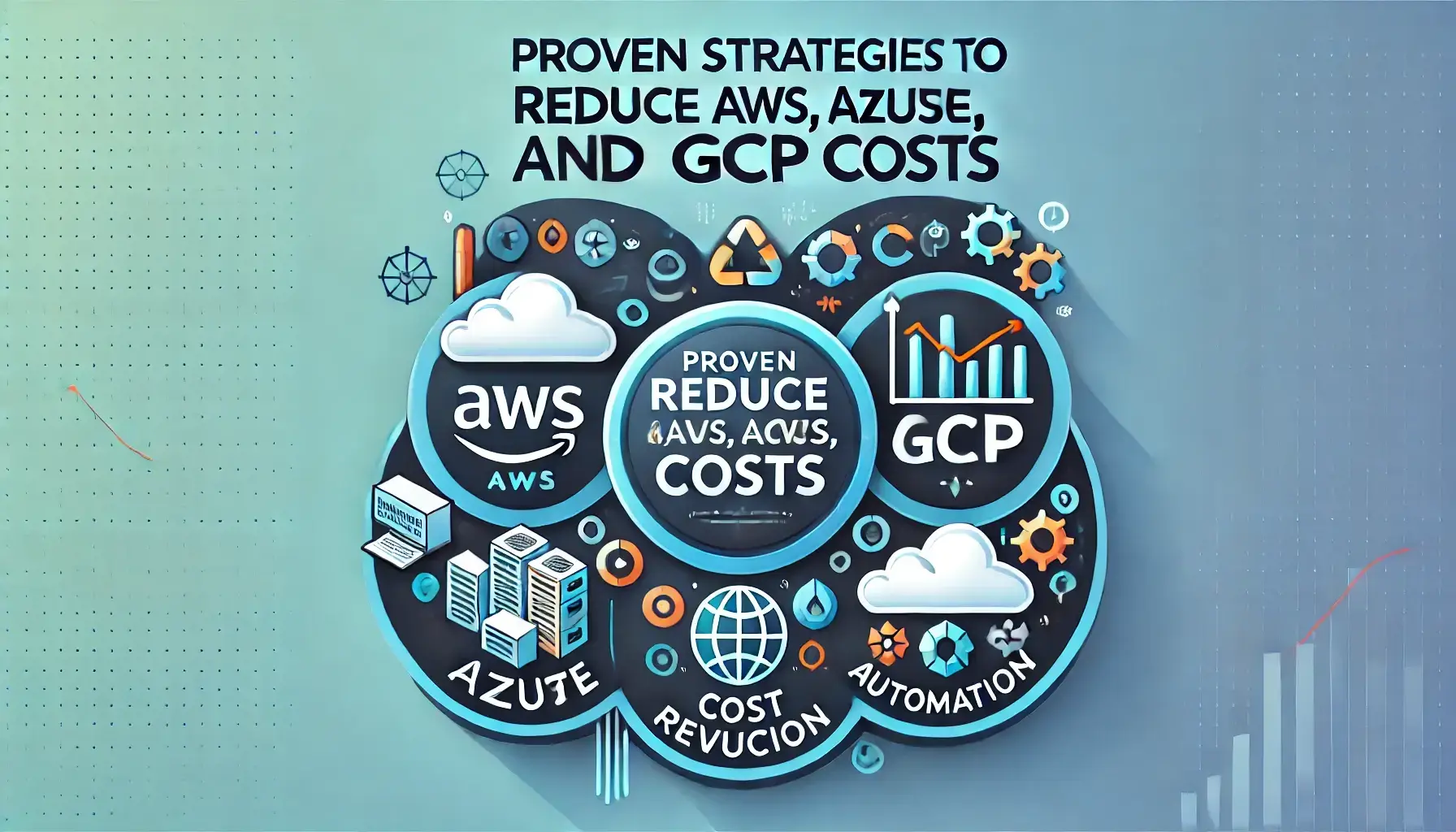
Though cloud computing is flexible and scalable, unrestrained cloud spending can result in huge wastage. Companies need to embrace cloud cost optimization techniques to curb wastage, manage costs, and increase efficiency without compromising performance. Regardless of whether you operate on AWS, Azure, or GCP, these cost-reduction strategies can help you decrease your cloud bill and increase your return on investment.
1. Right-Size Cloud Resources
One of the best ways to save money is to right-size your cloud instances and storage. Most companies over-allocate virtual machines (VMs), databases, and storage volumes, leading to wasted capacity and higher bills. By examining real use, companies can reduce unused resources and only pay for what they need.
How to Right-Size Cloud Resources:
- Track CPU, memory, and storage usage to find underutilized instances.
- Utilize auto-scaling capabilities to dynamically allocate resources according to workload demand.
- Select optimized instance types that deliver optimal performance per dollar.
- Periodically perform cloud audits to determine resource utilization and retire idle assets.
2. Utilize Reserved Instances and Savings Plans
Cloud providers provide discounts to companies that are willing to commit to long-term usage. Rather than paying high on-demand rates, firms can buy Reserved Instances (RIs) or Savings Plans to obtain substantial cost savings.
Key Cost Savings:
- AWS, Azure, and GCP provide savings of as much as 75% when opting for a one-year or three-year term.
- Companies with fixed, stable workloads stand to gain the most from Reserved Instances.
- Some cloud providers permit convertible RIs with flexibility to vary instance types later on.
3. Implement Auto-Shutdown and Scheduling Policies
Unused cloud resources are among the biggest culprits of cloud waste. Dev, staging, and test environments are typically left running 24/7, even though they are used only during work hours. Automated shutdown policies can prevent unnecessary expenditure.
Best Practices for Automating Shutdowns of Resources:
- Schedule non-production environments to be shut down outside work hours.
- Use cloud automation features like AWS Lambda, Azure Automation, or Google Cloud Functions for scheduling shutdowns.
- Create notifications and alerts to alert teams about idle or unused cloud resources.
4. Data Transfer and Storage Charge Optimization
Cloud providers levy egress charges for moving data within regions, from a cloud service to another cloud service, or out of the cloud. Organizations unaware of such untold costs can blindly pay substantial network fees.
Optimization of Data Transfer Costs:
- Store data in the same region whenever possible to avoid inter-region transfers.
- Use CDNs (Content Delivery Networks) like AWS CloudFront or Azure CDN to cache often retrieved data and lower egress expenses.
- Deduplicate and compress large files before transfer to minimize bandwidth utilization.
- Store infrequently accessed data at a low cost using tiered storage options (e.g., AWS S3 Infrequent Access or Azure Blob Archive).
5. Monitor and Analyze Cloud Spending
Lacking visibility into cloud usage, it’s simple to get out of control on spending. Companies need to leverage cost monitoring tools to examine spending patterns, spot anomalies, and discover optimization potential.
Cloud Cost Management Tools:
- AWS Cost Explorer – Assists in monitoring AWS use and projecting future expenditure.
- Azure Cost Management + Billing – Offers visibility into Azure expenditure and assists in effective budget allocation.
- Google Cloud Pricing Calculator – Projects GCP costs and determines areas for savings.
- Third-party tools such as CloudHealth, Spot.io, and Cloudability provide multi-cloud cost optimization.
6. Leverage Spot Instances and Preemptible VMs
Businesses can employ Spot Instances (AWS), Preemptible VMs (GCP), or Azure Spot VMs for workloads that do not mind interruption to obtain cloud resources at half the normal cost.
Advantages of Spot and Preemptible Instances:
- Savings of as much as 90% when compared to on-demand instances.
- Suitable for batch processing, data analysis, and test environments.
- Auto-replacement mechanisms help maintain availability in case of instance termination.
By implementing these cloud cost-saving techniques, businesses can cut unnecessary expenses, improve resource efficiency, and ensure long-term sustainability in their cloud operations. Up next, we’ll explore how DM WebSoft LLP helps businesses streamline cloud costs and maximize ROI.
How DM WebSoft LLP Helps Businesses Optimize Cloud Costs
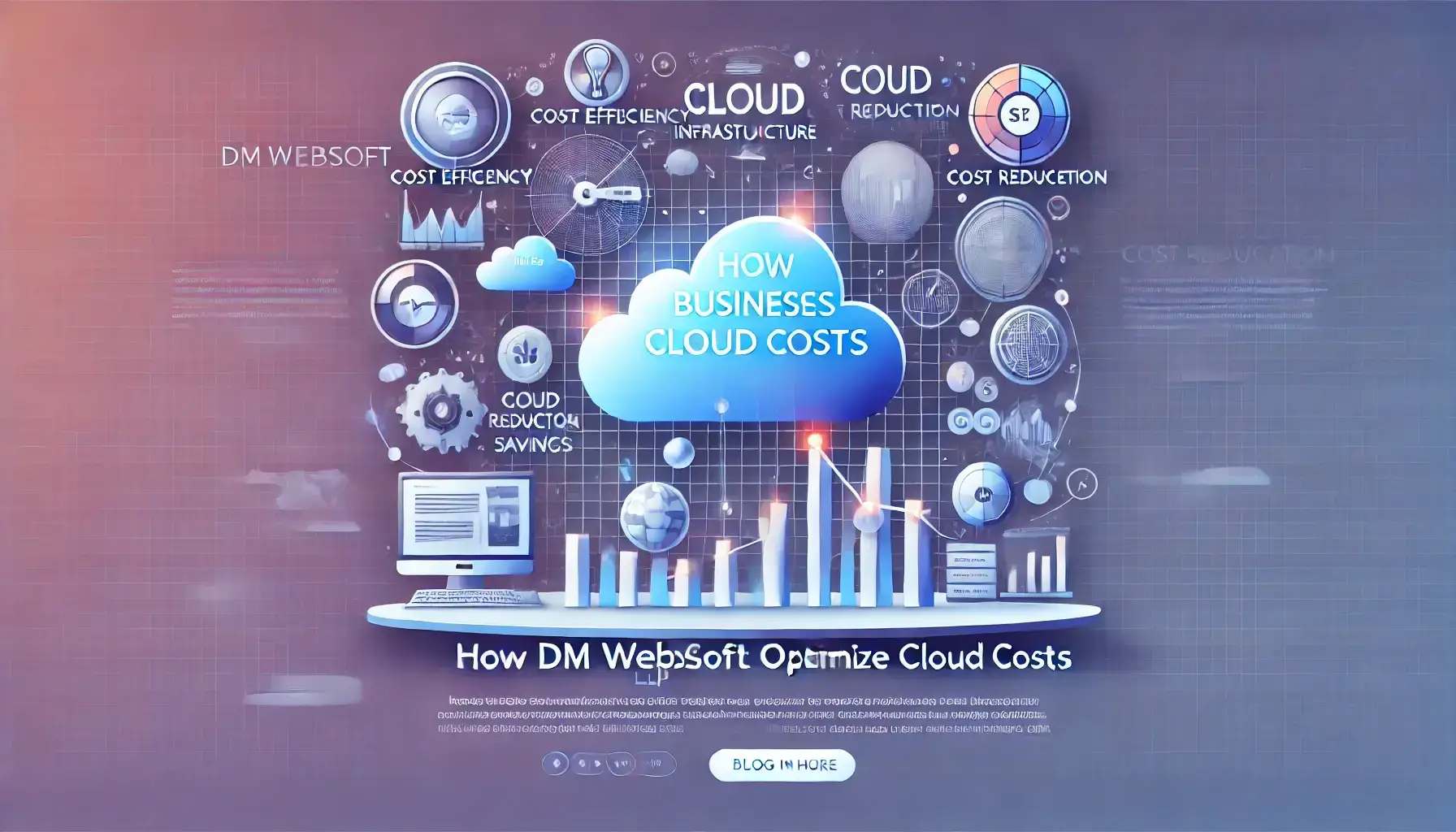
Optimizing cloud expenditures is an on-going process that needs careful planning, strategic tweaks, and thorough knowledge of the billing models of cloud providers. Most organizations find it challenging to identify idle resources, balance infrastructure, and limit surprise spending because the pricing models of AWS, Azure, and GCP are intricate. These companies can end up wasting considerable sums of money on redundant services and idle resources if they do not have an optimized cost strategy. At DM WebSoft LLP, we assist companies in gaining command over their cloud expenses, eliminating unnecessary waste, and optimizing operational effectiveness through a methodical and data-driven strategy.
Our first step in optimization is the intensive cloud cost audit. We scan an enterprise’s cloud consumption behaviors, invoices, and infrastructure wastage to identify areas where money can be saved. Most enterprises unknowingly maintain idle virtual machines, storage over-provisioning, and unjustified data transfer operations, all of which equate to unnecessary expenditure. By examining these variables, we help businesses reshape their cloud environments to align with actual workload needs so that they pay only for what they truly need.
Having real-time monitoring and tracking features for costs is another crucial part of cloud cost optimization. Most companies operate with no idea about their cloud spend, and thus, it is difficult to locate unexpected costs or inefficiencies until they begin adding up. In DM WebSoft LLP, we include advanced monitoring tools and budget alerts that allow businesses to track expenses, spot anomalies, and institute active cost controls.This ensures that cloud resources are properly allocated and risks of overspending are met before they become an expense to the organization.
Computational power, storage, and optimization of data transfer is the key to lowering cloud costs in the long term. Businesses are prone to over-provision instances, allocate unnecessary storage space, or migrate data in an inefficient manner, leading to unwarranted expenses. We help resize cloud instances correctly so that companies choose the correct virtual machines, databases, and network setups appropriate for their requirement. We also suggest cost-savings alternatives, including reserved instances, spot instances, and blended storage solutions, to ensure utmost savings without reducing performance.
Automation is the key to cloud cost management. Most companies don’t shut down unused environments, including development or test instances, which incur unwanted expenses. We at DM WebSoft LLP adopt automated policies and governance structures to turn off idle resources, configure auto-scaling, and enforce cost-effective best practices. This guarantees cloud environments are optimized and inexpensive without the risk of having to pay for idle capacity.
For organization-operated multi-cloud or hybrid cloud deployments, cost management is more complicated. Cross-provider cost comparison, prevention of vendor lock-in, and optimization of workloads across multiple providers need to be addressed in a strategic manner.We help enterprises simplify the complexity of multi-cloud implementations so that workloads are placed on the cost-efficient platform with best performance and scalability. Our expertise helps businesses avoid cloud dependency risk, optimize workloads intelligently, and get the most out of their cloud investments.
DM WebSoft LLP is of the opinion that cloud cost optimization is not an activity to be carried out once but needs to be done on a regular basis. Due to increased use of the cloud and changing business requirements, continuous monitoring, periodic checking, and anticipatory cost adjustment need to be carried out to ensure cost-effectiveness. We provide ongoing cloud cost analysis, strategy revision, and hands-on assistance to assist businesses in leading their cloud costs and growing effectively. With our partnership, companies can safely lower cloud costs, maximize infrastructure performance, and maximize the value of every dollar they invest in cloud solutions.
If your business is hampered due to unnecessary high cloud bills, erratic spendings, or inefficient usage of resources, DM WebSoft LLP provides tailor-made solutions to optimize your cloud spends. Contact us today and discover how we can help you achieve control over your cloud spends as well as maximum utilization of your cloud infrastructure.
Future-Proofing Your Cloud Strategy: Long-Term Cost Optimization
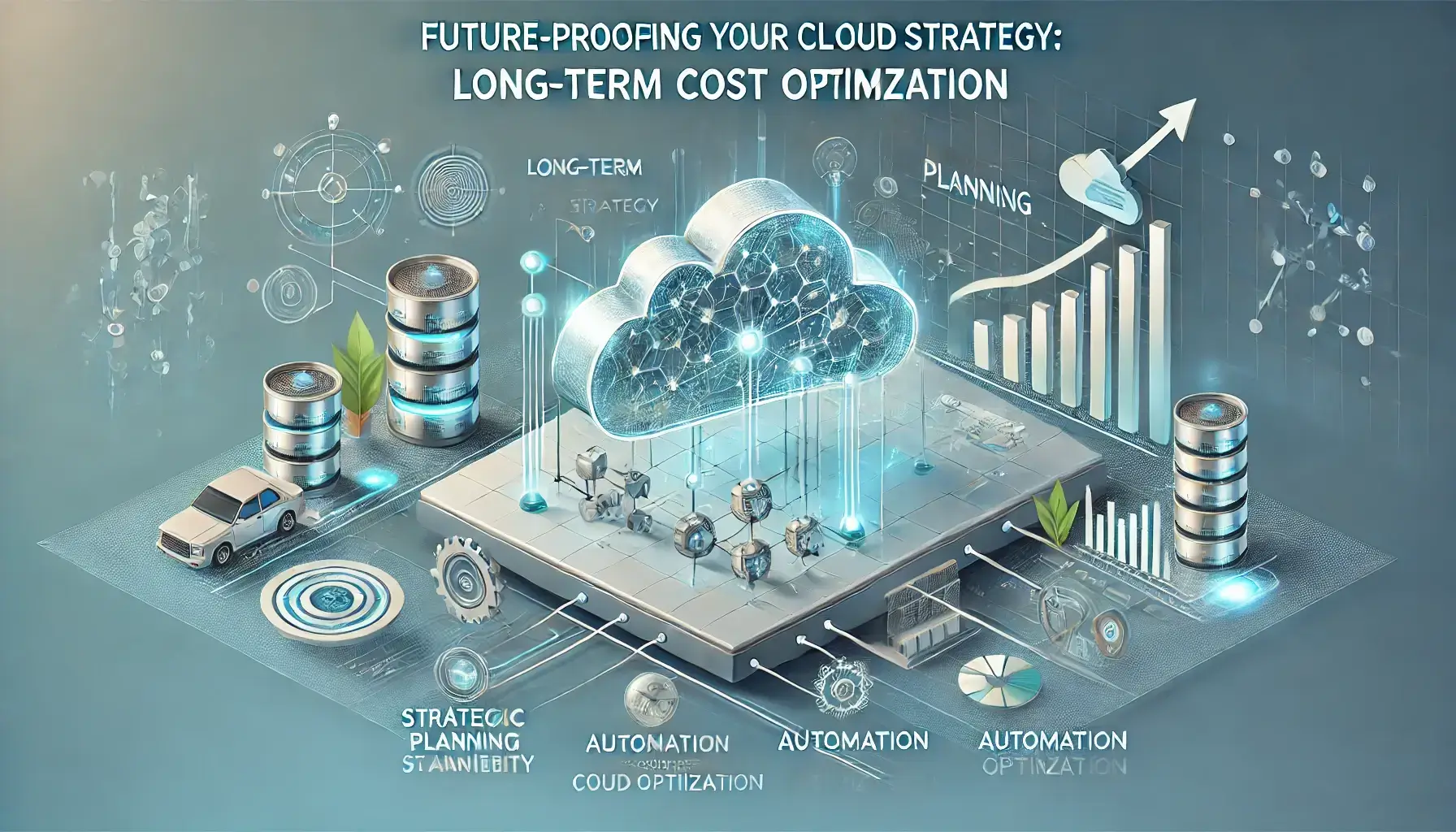
While businesses continue to grow their cloud business, cost optimization needs to be more than mere short-term adjustments. Most companies concentrate on lowering costs in the short term through measures like instance reduction or the deactivation of idle resources, but cloud efficiency is a long-term strategic concept. Future-proofing your cloud cost strategy makes sure that when your business increases, your cloud costs are contained, predictable, and aligned with operational requirements.
One of the most important aspects of long-term cloud cost control is embracing a FinOps (Financial Operations) strategy. FinOps brings finance, engineering, and operations staff together to have cost accountability and ongoing optimization. By incorporating cost-awareness in cloud decision-making, companies are able to avoid unnecessary expenses in the first place instead of addressing high bills after the fact. Creating cost allocation models and labeling resources efficiently allows one to identify which departments, teams, or projects are using cloud resources so that budgeting and financial planning can be optimized.
Another essential strategy is making smart use of multi-cloud and hybrid cloud infrastructures. Although multi-cloud approaches provide flexibility and vendor diversification, they may also bring in additional complexity and increased costs if not well-managed. Companies need to analyze which workloads work best on individual cloud platforms and then assign resources accordingly. This avoids vendor lock-in while also ensuring that each cloud service employed is the best value for the company. An optimally configured hybrid cloud model optimizes on-premises infrastructure with cloud services, reducing costs while still providing performance and security.
Automation is important in maintaining long-term cost-effectiveness. Most companies manage their cloud resources manually, resulting in human mistakes, overlooked instances, and poorly managed storage. Application of automated scaling, policy-driven cost management, and AI-based cloud management tools facilitates dynamic resource optimization. Cloud providers offer native products such as AWS Auto Scaling, Azure Cost Management, and Google Cloud Recommender that allow firms to automate cost-saving actions in real time.
Security and compliance are also major cost drivers. Organizations generally do not realize the cost of financial risk that data breaches, misconfigurations, and compliance violations can incur, resulting in surprise penalties and increased cloud expenses. Regular security audits, identity and access management (IAM) policies, and cloud governance frameworks allow organizations to protect sensitive data while maintaining operational risks at a low level.
At DM WebSoft LLP, we assist firms in building sustainable cloud cost management that adapts to their growing needs. From embracing FinOps methodologies to deploying AI-based automation solutions, we make sure businesses reap long-term cloud efficiency at no cost to performance. By being proactive in managing finances in the cloud, organizations can optimize their cloud investments, eliminate wasteful expenditure, and future-proof their IT systems.
If you are willing to take complete charge of your cloud expenses and adopt a long-term optimization approach, get in touch with DM WebSoft LLP today for a custom cloud cost audit and strategic advice.
Common Mistakes That Lead to Cloud Overspending and How to Avoid Them
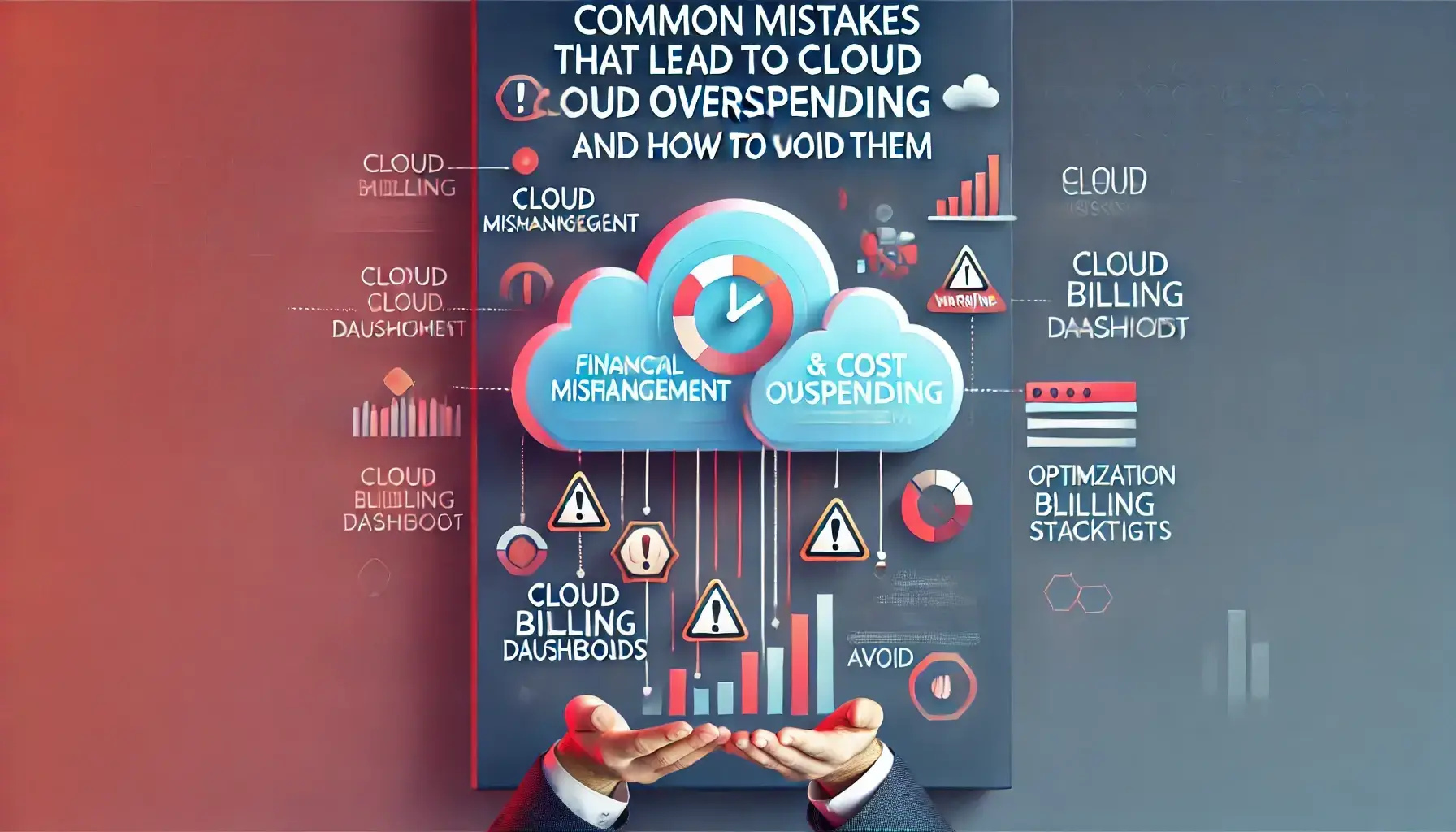
Many businesses unknowingly waste thousands of dollars each month on cloud services due to avoidable mistakes. While AWS, Azure, and GCP offer scalable and flexible pricing models, companies often fail to properly manage their cloud resources, leading to unnecessary expenses. Understanding these common cloud cost pitfalls can help organizations implement smarter spending practices and ensure they are maximizing their cloud investments without overspending.
Provisioning more than required resources is one of the largest errors organizations make. Businesses tend to choose larger instance types, large volumes of storage, and high-end compute resources without evaluating actual workload requirements. Cloud providers provide a range of instance types and storage levels, yet most organizations take the default premium configurations, presuming they will be required for best performance. Not right-sizing instances and storage results in wasted resources and high costs. Companies need to audit their cloud usage regularly and downsize resources where it is possible in order not to pay for unnecessary capacity.
Another expensive error is not turning off unused resources. Most companies keep development, staging, and testing environments running 24/7 even when they are not currently being used. This leads to big cloud bills for resources that add no actual value. Having auto-shutdown schedules and automation tools in place ensures that non-production environments are only active when necessary, avoiding unnecessary bills. Cloud providers also provide serverless computing options like AWS Lambda and Azure Functions, which enable companies to pay only for the time of execution, cutting costs further.
Data egress and transfer charges are also a concealed cost that most organizations do not see. Companies usually transfer data across various cloud regions, providers, or outside platforms, incurring surprise fees. Most cloud providers charge a huge amount for data egress out of their platforms, resulting in surprise fees at the end of the billing cycle. Proper location of data storage, leveraging content delivery networks (CDNs), and data transfer compression can allow companies to cut down on network expenses while delivering performance.
Inadequate real-time monitoring and cost tracking is another key driver of cloud overspending. Most organizations do not establish spending alerts, monitor usage patterns, or review billing reports, and hence it becomes challenging to detect cost inefficiencies before they get out of hand. Cloud vendors provide integrated cost management tools, including AWS Cost Explorer, Azure Cost Management, and Google Cloud Pricing Calculator, which enable companies to examine spending patterns and correct them. With these tools, proactive prevention of surprise cloud spending and maintaining budgets in check is ensured.
By shunning such typical cloud cost blunders and taking deliberate cost optimization strategies, companies can minimize cloud wastage, enhance budgetary efficacy, and derive the maximum value out of their cloud services. We at DM WebSoft LLP assist organizations to discover cost-saving opportunities, automate cost control, and optimize cloud infrastructure to provide cloud expenditures that are sustainable and predictable. If your company is experiencing excessive cloud bills, we can assist you in creating a tailored cloud cost optimization strategy that suits your requirements. Get in touch with us today to begin saving on your AWS, Azure, and GCP costs.
Conclusion: Take Control of Your Cloud Costs Today

Cloud computing has transformed business operations, offering unprecedented scalability, flexibility, and innovation. However, without cost control, cloud expenses can quickly spiral out of control, leading to overspending and wasted resources. Most companies believe that cloud migration will automatically result in cost savings, only to find that they are paying more for less-used services, inefficiently managed storage, and excess data transfer.The truth is that without a formal cloud cost optimization plan, companies pay more than necessary for AWS, Azure, and GCP.
The key to stopping wasteful cloud spending is understanding and controlling cloud costs. Companies must be proactive by monitoring their cloud use, identifying inefficiencies, and implementing cost-reduction strategies. Right-sizing cloud instances, taking advantage of reserved instances and savings plans, and automating resource control are a few of the mechanisms through which companies can streamline their use of the cloud. In addition, monitoring real-time cloud spending and setting alerts for unexpected spending ensures that companies avoid overspending and experience month-end shock.
The second significant issue for companies is the complexity of pricing models offered by cloud providers. AWS, Azure, and GCP charge differently, and it is hard for organizations to compare prices and choose the most favorable offers. Without expertise, companies are most likely to fall into typical pitfalls like over-provisioning resources, high spending on data transfer charges, or failing to leverage cost-saving features offered by the providers.This is where collaboration with a cloud cost optimization specialist can be the difference-maker.
At DM WebSoft LLP, we assist organizations in achieving complete visibility over cloud expenditures and putting into place long-term cost-saving strategies. Our experts are well-versed in inspecting cloud spending, removing inefficiencies, and optimizing infrastructure so companies can get the most out of their cloud investment without any wastage. Whether you need help reducing AWS costs, optimizing Azure pricing, or managing GCP expenses, we provide tailored solutions to fit your business needs.
Cloud cost optimization is not just about cutting expenses—it’s about making smarter financial decisions while maintaining high performance. Businesses that take control of their cloud spending can allocate their budgets more efficiently, reinvest in growth initiatives, and scale operations sustainably. If you’re looking to stop overpaying for cloud services and improve cost efficiency, now is the time to act.
Contact DM WebSoft LLP today to schedule a free cloud cost assessment and start optimizing your cloud expenses for long-term success.
Cloud costs increase due to over-provisioned resources, idle instances, and unexpected data transfer fees.
You can lower costs by right-sizing resources, using reserved instances, automating shutdowns, and optimizing data transfers.
Tools like AWS Cost Explorer, Azure Cost Management, and Google Cloud Pricing Calculator track and optimize cloud spending.
Multi-cloud strategies can be cost-effective but may lead to higher data transfer and management expenses if not optimized properly.
Yes, DM WebSoft LLP specializes in cloud cost optimization, helping businesses cut waste and improve financial efficiency.
Get Started Now !
What’s the Process ?
Request a Call
Consultation Meeting
Crafting a Tailored Proposal
Get Started Now !
Real Stories, Real Results. Discover What Our Clients Say

Working with DM WebSoft LLP was a game-changer for our business. Their technical prowess and innovative solutions transformed our online presence. A highly recommended web development agency with a stellar track record.

We are thrilled with the results DM WebSoft LLP delivered. Their deep understanding of web development coupled with years of expertise ensured a seamless and visually stunning website. True professionals!

In a digital age where first impressions matter, DM WebSoft LLP crafted a website that speaks volumes. The team’s attention to detail and commitment to quality set them apart. Thank you for making our vision a reality.

DM WebSoft LLP’s team demonstrated unparalleled expertise. Their ability to navigate complex technical challenges with ease is truly commendable. Choosing them for our web development needs was the best decision.

Exceptional service, unmatched skills! DM WebSoft LLP stands out as a leading web development agency. Their collaborative approach and commitment to excellence make them our go-to partner for all things web-related.

DM WebSoft LLP turned our ideas into a digital masterpiece. The seamless communication and timely delivery of our project showcased their professionalism. Highly impressed with the level of creativity and skill.

Our experience with DM WebSoft LLP was nothing short of amazing. From concept to execution, their team provided top-notch web development services. A reliable partner for businesses looking to elevate their online presence.

DM WebSoft LLP’s team of tech experts is second to none. Their wealth of experience reflects in the quality of their work. Our website not only meets but exceeds industry standards, thanks to their dedication.

Choosing DM WebSoft LLP was the best investment for our web development needs. Their team’s proficiency, coupled with a customer-centric approach, made the entire process smooth and enjoyable. A pleasure to work with!



